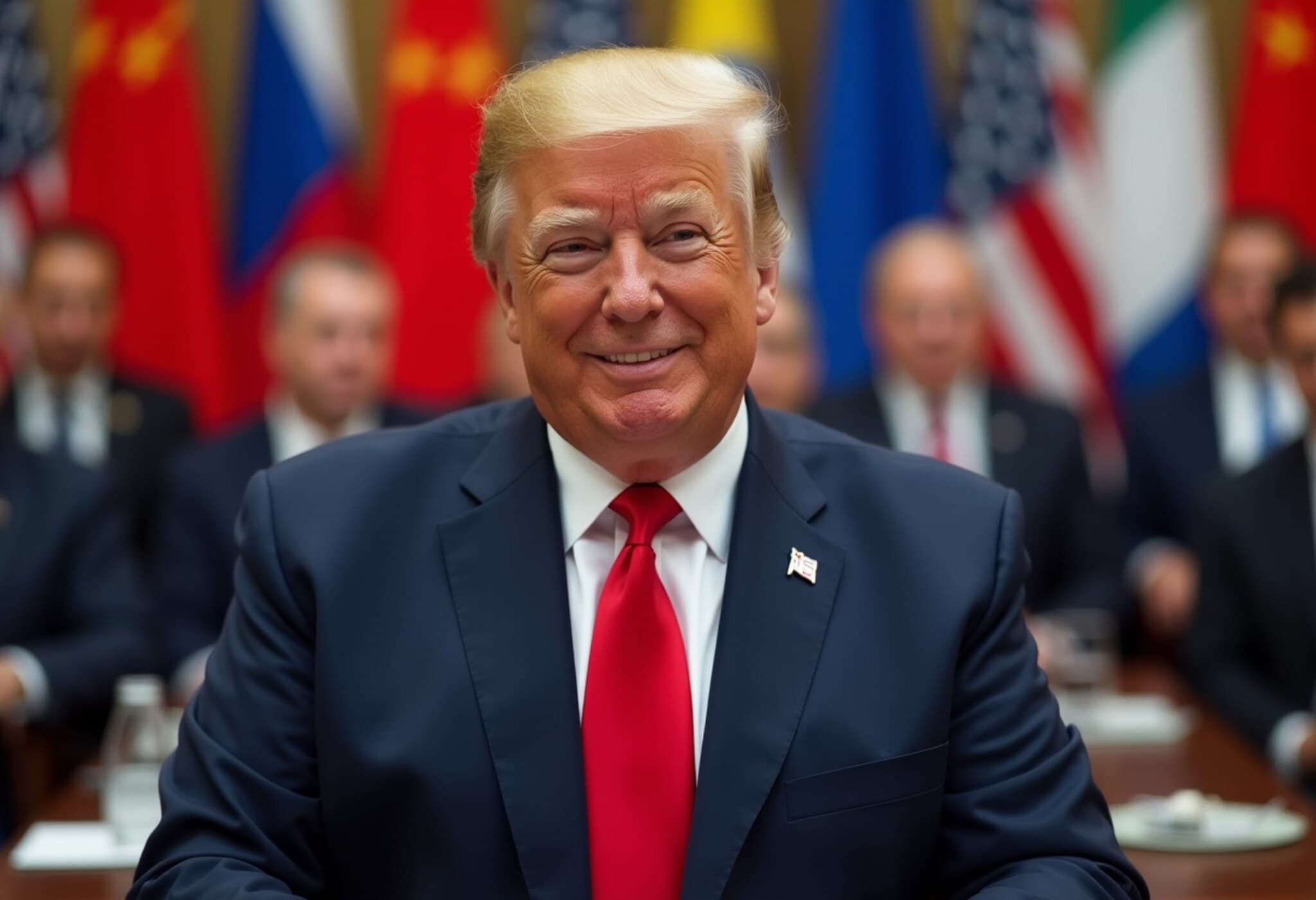Trump Calls for G7 Expansion to Include Russia and China
Former US President Donald Trump has reignited discussions about the future of the Group of Seven (G7) by suggesting the bloc should be expanded to include both Russia and China, effectively transforming it back into the G8—or even a G9.
Revisiting the G8 Era
Speaking during the G7 Summit held in Kananaskis, Canada, Trump asserted that the ongoing conflict in Ukraine might have been avoided if Russia remained a member of the group. He specifically criticized the decision by former US President Barack Obama and Canadian Prime Minister Justin Trudeau to exclude Russia, claiming it had unintended consequences.
Trump remarked, "The G7 used to be the G8. Barack Obama and a person named Trudeau didn’t want to have Russia in. And I would say that was a mistake, because I think you wouldn’t have a war right now if you had Russia in."
Historical Context and Contradictions
It's important to remember that Russia was suspended in 2014 after its annexation of Crimea and military intervention in Ukraine—a move widely seen as a violation of international law. Notably, the invasion of Ukraine began while Russia was still formally part of the G8, which complicates Trump's argument that Russia's expulsion led to the conflict.
Adding to the irony, Justin Trudeau assumed office as Canadian Prime Minister in 2015, a year after Russia was removed from the bloc.
Inclusivity vs. Geopolitical Realities
Trump also extended his endorsement to China’s inclusion, stating it was not a bad idea to have China join the group. He emphasized the importance of maintaining dialogue, saying, "If somebody wants to suggest China coming in, I think we suggest that you want to have people that you can talk to."
This stance stands in contrast to current US policy views that often regard China as a strategic competitor.
Understanding the G7’s Evolution
The G7 originated in 1975 as the G6, comprising six industrialized nations: the United States, United Kingdom, France, Germany, Italy, and Japan. Canada joined a year later, forming the G7. Russia became a member in 1997, temporarily turning the group into the G8 until its suspension in 2014. Additionally, the European Union has participated as a permanent non-enumerated member since 1977, without hosting or chairing responsibilities.
What Lies Ahead?
While Trump’s proposal reflects a broader debate about global cooperation and inclusivity, it also revives questions about balancing dialogue with accountability for international actions. Whether the G7 will reconsider its membership amid evolving geopolitical tensions remains to be seen.

